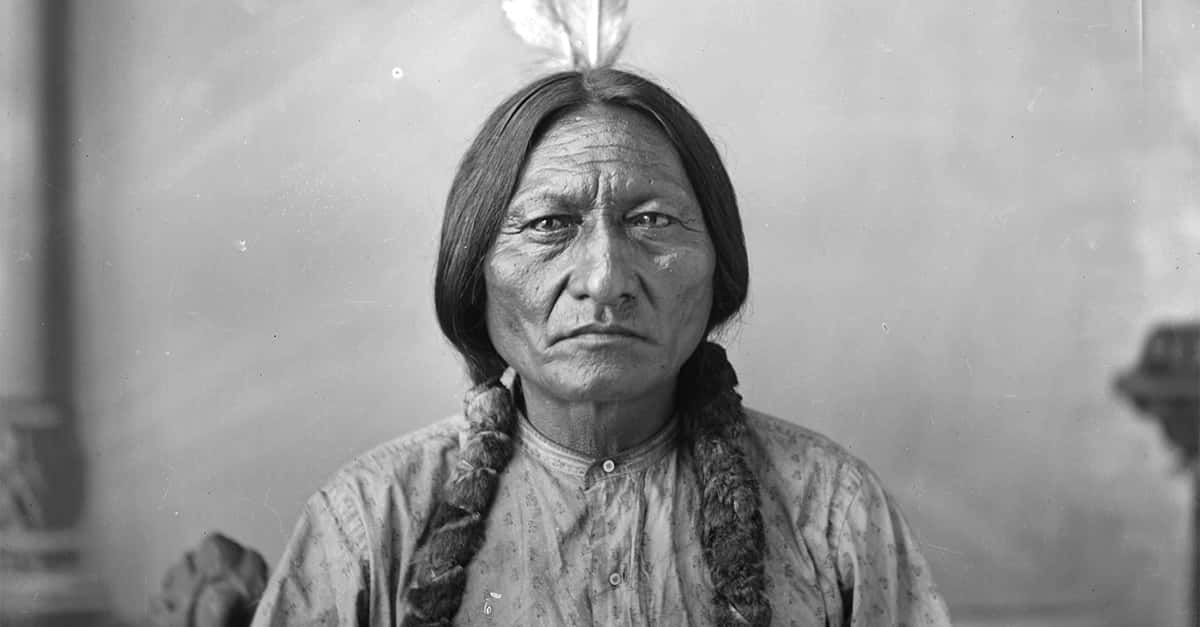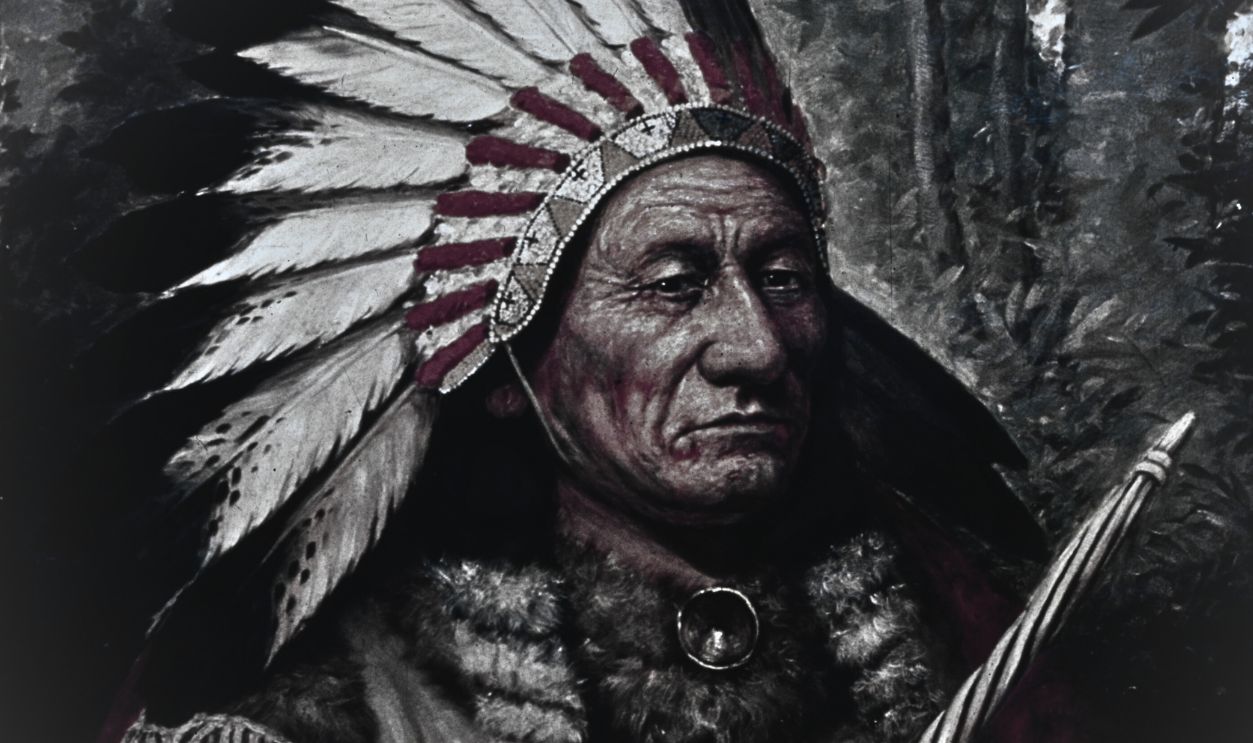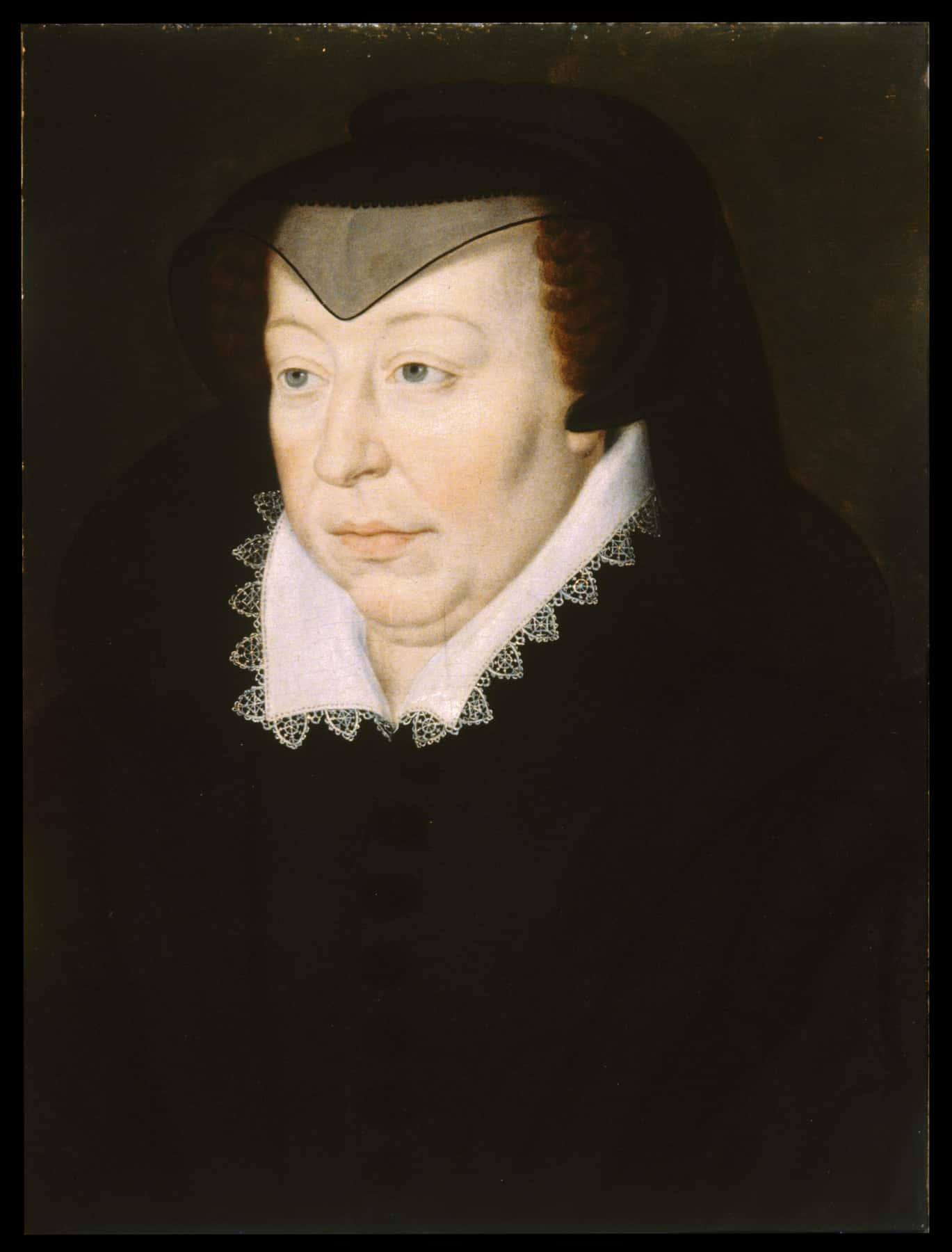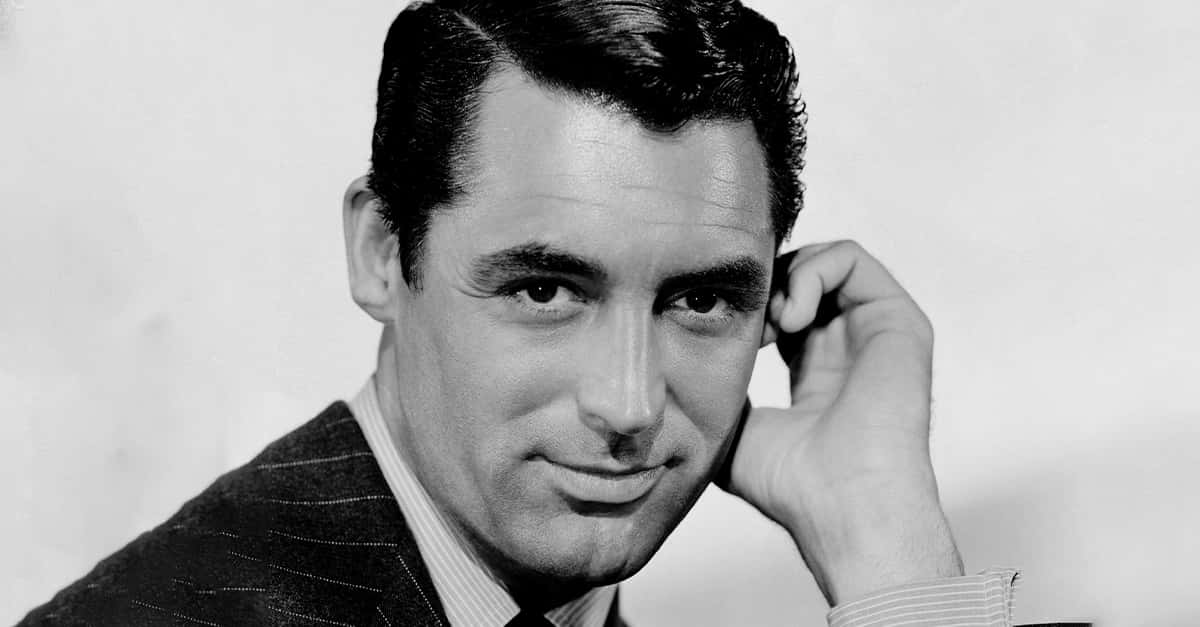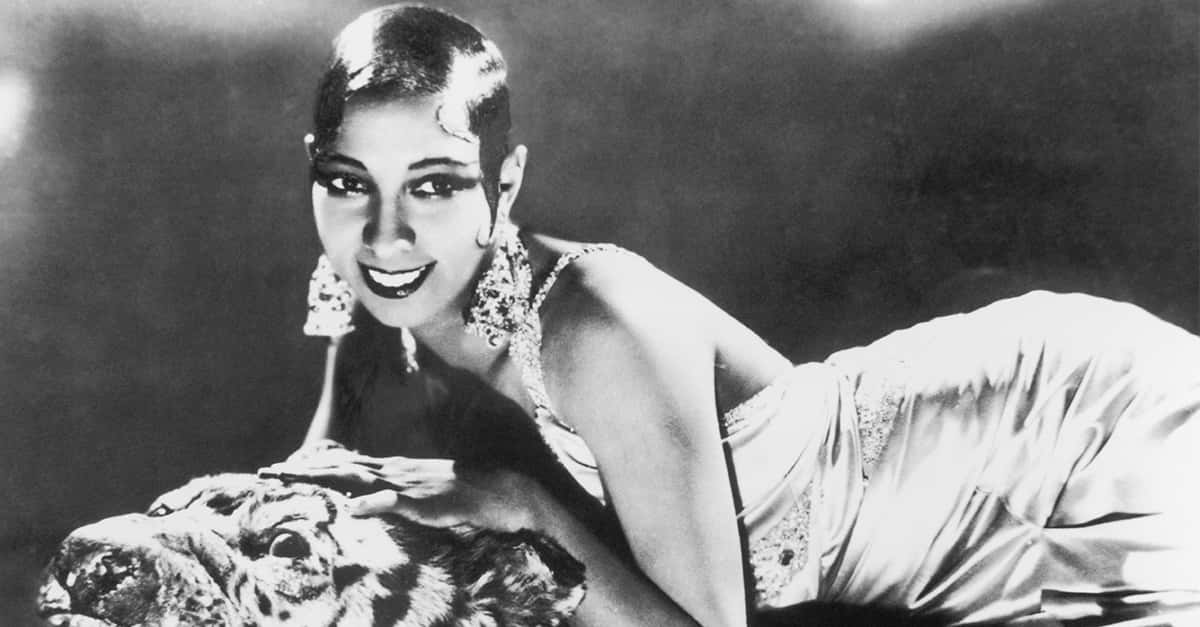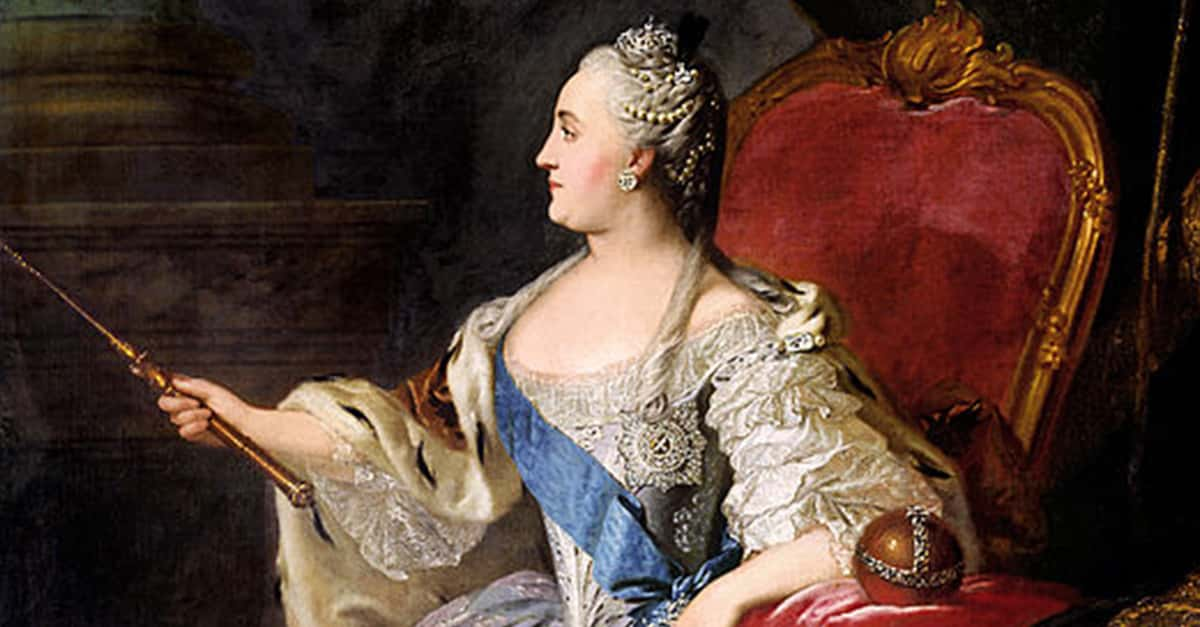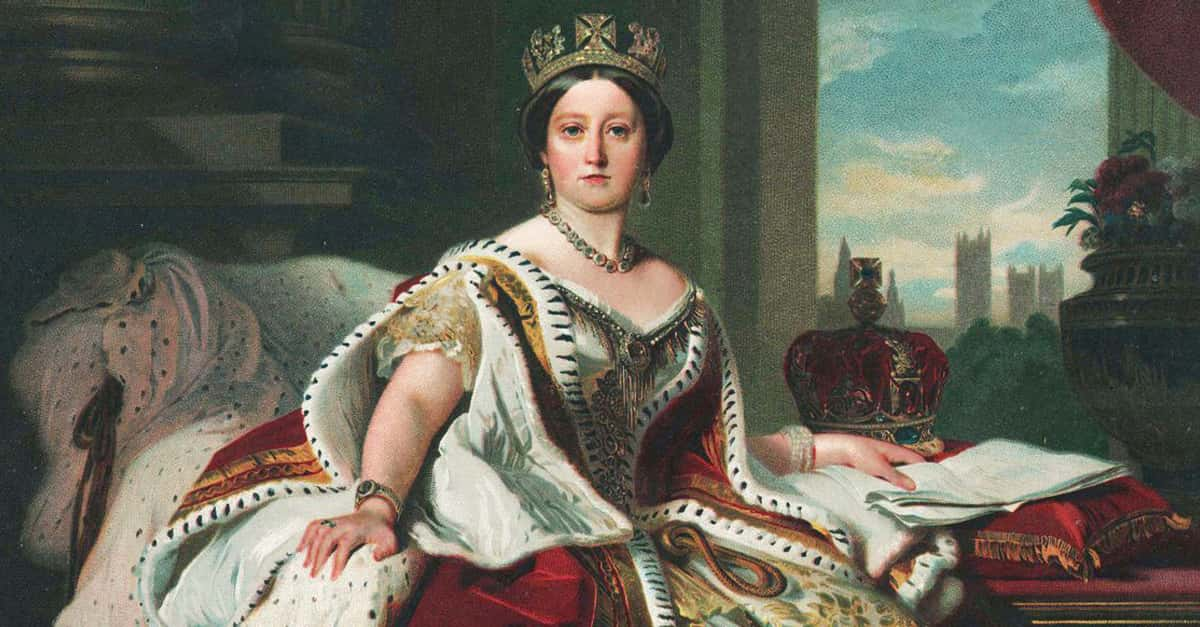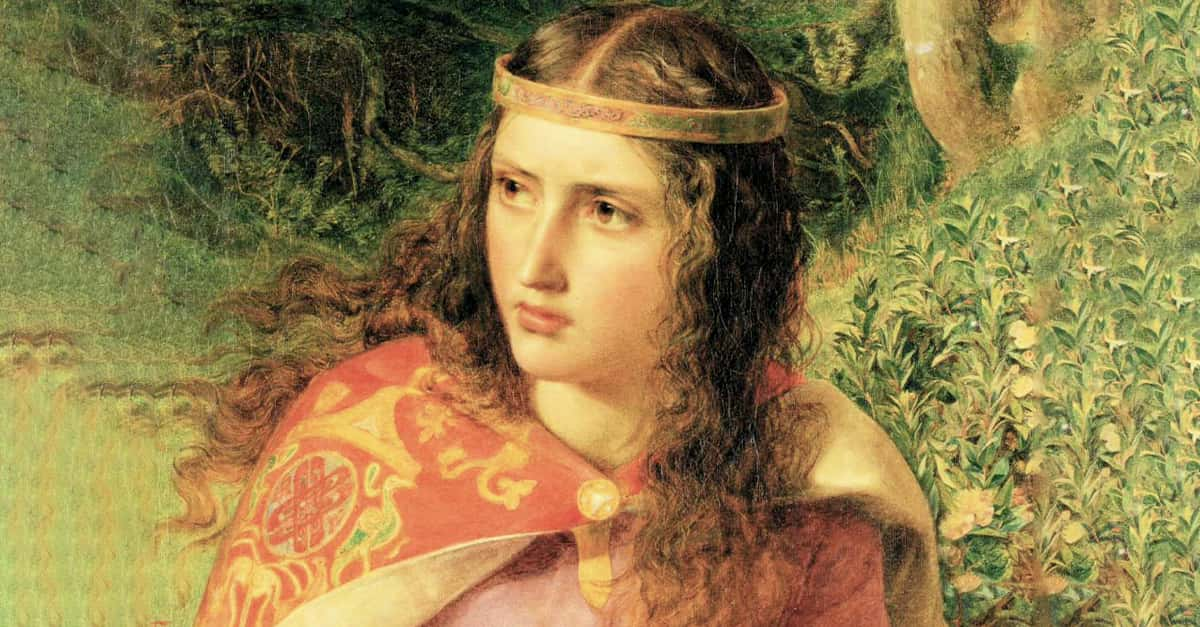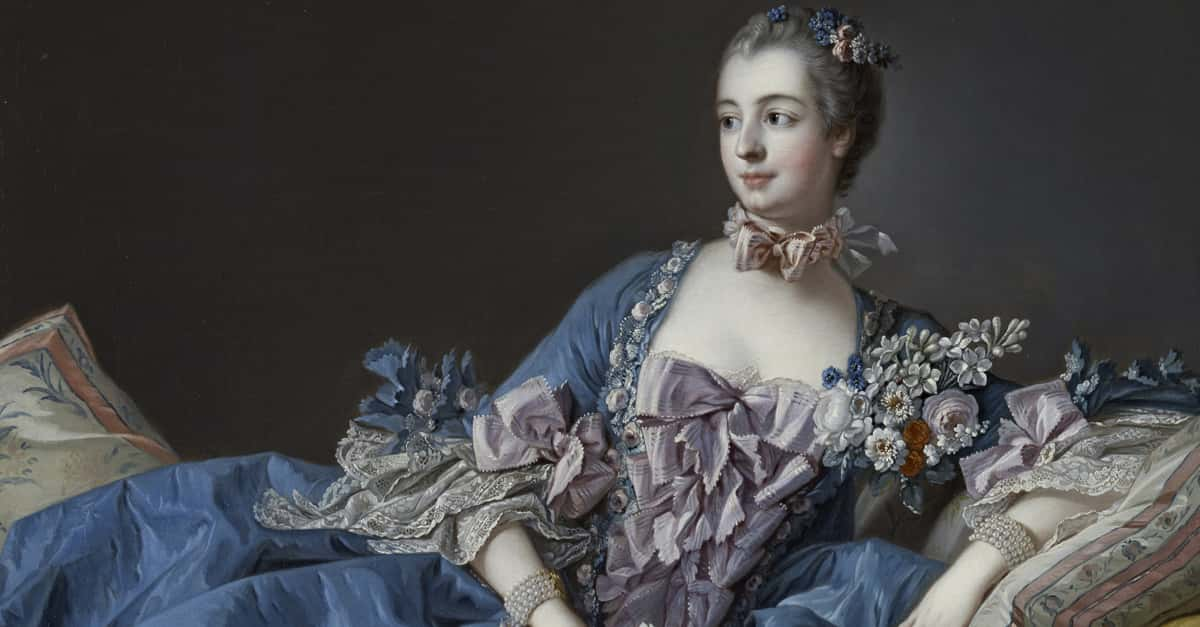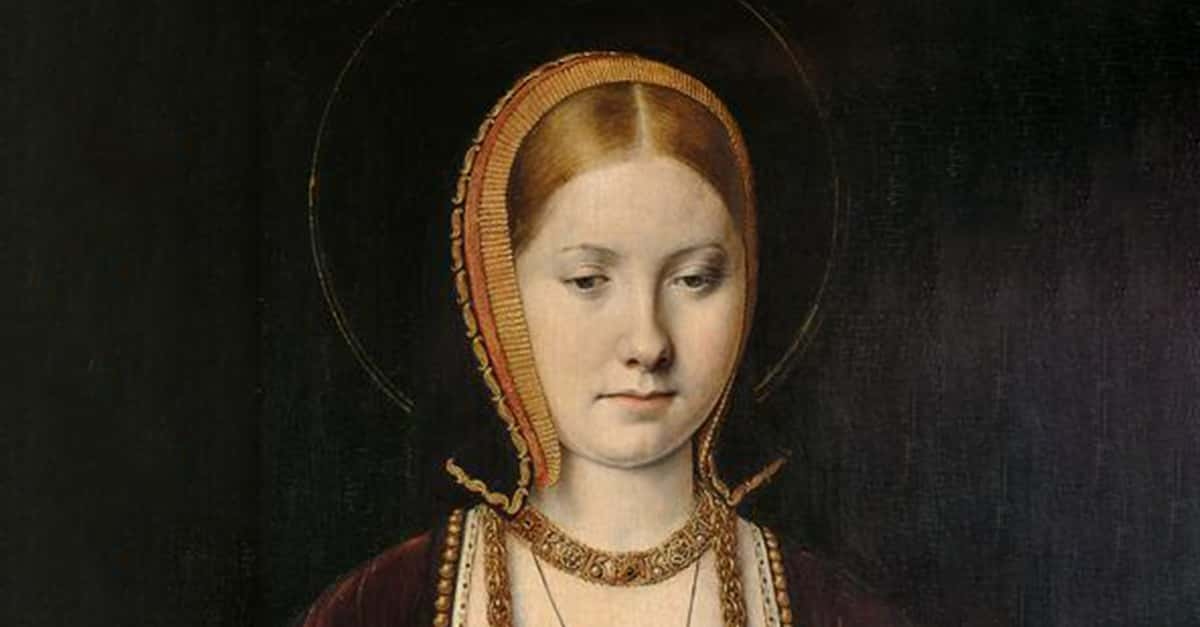When Sovereignty Meant Leaving Home
In 1877, after battles and broken promises, a Lakota band crossed into Canada. Led by Sitting Bull, they sought safety beyond the reach of the US as seen in pictures.

The Face Of Defiance In Transition
Little Big Man, also known as Wichasa Thanka or Charging Bear, was photographed by William Henry Jackson for the US Geological Survey. He was once a bodyguard to Crazy Horse (Oglala band’s war leader).
 William Henry Jackson, Wikimedia Commons
William Henry Jackson, Wikimedia Commons
Pride Woven Into Every Stitch
Iron Shell, a Lakota Sioux leader, faces the camera in a half-length portrait. He wears a feathered headdress and leather accessories with unwavering cultural pride.
 Miscellaneous Items in High Demand, PPOC, Library of Congress,Wikimedia Commons
Miscellaneous Items in High Demand, PPOC, Library of Congress,Wikimedia Commons
A Shared Language Of Honor And Cloth
A photograph captures Little Bear, an Arapaho man adorned in traditional attire featuring feathers and a striped blanket. He holds ceremonial items and stands composed in a studio portrait skillfully taken by F A Rinehart in 1898.
 Boston Public Library, Wikimedia Commons
Boston Public Library, Wikimedia Commons
The Family That Outlived A Leader
Photographed in 1891 by David Francis Barry, this portrait shows Sitting Bull's wives and children in front of a tipi. Their presence and attire reflect a legacy rooted in unbroken cultural identity.
 David Francis Barry, Wikimedia Commons
David Francis Barry, Wikimedia Commons
A Visionary Who Would Not Disappear
Black Elk sits beside his wife, Anna Brings White, and daughter, Lucy, in their Manderson, South Dakota, home. Taken around 1910, the portrait contrasts his suit with her traditional elk-tooth dress.
A Keeper Of Sacred Trust
Arvol Looking Horse, the 19th-generation Keeper of the Sacred White Buffalo Calf Pipe, appears in a black glass ambrotype portrait, his regalia and solemn expression honoring Lakota traditions and his call to protect sacred rites from misuse.
 Balkowitsch, CC BY-SA 4.0, Wikimedia Commons
Balkowitsch, CC BY-SA 4.0, Wikimedia Commons
Circle Of Devotion Under Open Skies
A Lakota portrayal of a Sun Dance from 1885 appears at the Art Institute of Chicago. The image preserves sacred ceremony and visual memory in a time when cultural expression faced growing outside interference.
 Sailko, CC BY 3.0, Wikimedia Commons
Sailko, CC BY 3.0, Wikimedia Commons
Stillness Before A Lodge Of Power
Photographed on January 17, 1891, at the Oglala camp in Pine Ridge, this image shows Young Man. The title, "They Even Fear His Horses", reflects his name translated into English after the Wounded Knee tragedy.
 National Archives at College Park, Wikimedia Commons
National Archives at College Park, Wikimedia Commons

History's most fascinating stories and darkest secrets, delivered to your inbox daily.
An Identity Etched In Layers
Yellow Shirt, a Hunkpapa Sioux chief, sits for Frank Rinehart in 1898. He wears a feathered headdress and fur robe—symbols of leadership preserved in the Rinehart collection at Haskell Indian Nations University.
 Frank A. Rinehart, Wikimedia Commons
Frank A. Rinehart, Wikimedia Commons
A Leader Framed By The Lens
Surrounded by a painted backdrop and naturalistic props, Red Cloud sits holding a ceremonial pipe. A single feather rests in his hair, while his buckskin shirt and breastplate mark the presence of a powerful Oglala Lakota Sioux chief.
 John Karl Hillers, Wikimedia Commons
John Karl Hillers, Wikimedia Commons
An Elder's Portrait With Purpose
Sketched in 1868, Chief Red Cloud sits facing forward with a peace pipe in hand. His long hair and calm gaze reflect the steady resolve of a leader shaped by protest and diplomacy.
 The original uploader was Magnus Manske, Wikimedia Commons
The original uploader was Magnus Manske, Wikimedia Commons
When The East Was Made To Listen
In this historic engraving, Red Cloud addresses a New York audience at Cooper Institute. Surrounded by Sioux delegates, he speaks firmly in traditional dress, drawing attention to injustices through the force of his presence.
 Miscellaneous Items in High Demand, PPOC, Library of Congress, Wikimedia Commons
Miscellaneous Items in High Demand, PPOC, Library of Congress, Wikimedia Commons
Stillness That Speaks Across Generations
Clear, a Lakota Sioux man, faces the camera in a formal studio portrait. His blanket and hair ornaments are composed with care to preserve memory and identity in a single dignified frame.
 Heyn & Matzen, Wikimedia Commons
Heyn & Matzen, Wikimedia Commons
Galloping Thunder Beyond The Fort Walls
A vivid 1833 drawing shows Teton Sioux men racing horses before Fort Pierre. Their movement contrasts with the still fort backdrop that captures moments of tradition and energy before forced resettlement transformed the Plains.
 National Archives at College Park, Wikimedia Commons
National Archives at College Park, Wikimedia Commons
Three Worlds In One Photograph
Showman Buffalo Bill Cody, known for his Wild West shows, stands with US officials and Lakota chiefs in this rare image. Formal postures and tension hint at unresolved cultural weight beneath the staged diplomacy and spectacle.
 Library of Congress, Getty Images
Library of Congress, Getty Images
A Welcome That Echoed Through Time
In 1980, American Indian Movement (AIM) leader Russell Means was welcomed in St Paul by his grandfather, Frank Fools Crow. On trial for Wounded Knee, he urges AIM members to return and honor those killed in the occupation.
Together At The Edge Of Protest
Russell Means and Dennis Banks appear solemn after meeting with fellow AIM members at Wounded Knee. As US officials demand their withdrawal by March 8, their expressions reflect the heavy weight of leadership and resistance.
Thunder Hawk In A Studio Of Shadows
Thunder Hawk, a Hunkpapa Chief, poses in traditional dress with a tomahawk, seated on a log in a studio shot in Sioux City, Iowa, circa 1875, as part of a stereoscopic image.
Tradition In A Foreign Land
In this 1971 photo taken in the UK, Chief Red Fox appears in a feathered headdress and traditional regalia. An Oglala Lakota Sioux performer, he brings cultural expression to an international stage through presence and portrayal.
Voices Gathered Before The Storm
Photographed before 1876, the Red Cloud delegation is seen in formal attire. Red Dog, Little Wound, Bridgeman, Red Cloud, American Horse, and Red Shirt face the lens, unified in purpose during a pivotal era of negotiation.
After The Surrender, Still Standing
At Standing Rock in 1881, Lakota chiefs Rain in the Face, Gall, Low Dog, Running Antelope, and Spotted Eagle walked with composed bearing. However, federal pressure defined their surrender, and dignity remains visible in this stereoscopic image.
Caretakers Beneath The Canvas Sky
Photographed at Pine Ridge in 1891, four Lakota women stand before a tipi, three holding infants in cradleboards. A Lakota man on horseback is visible in the vicinity. The scene shows daily life arranged against a simple background.
A Halftone That Carries Weight
This halftone print features Chief Red Cloud, an Oglala Lakota leader, in profile. He wears traditional clothing with a feather in his hair and a beaded garment rendered in the dotted style typical of early photo reproduction.
Family Before The Fairground Crowd
Chief Black Tail Deer, a Sioux chief and Rosebud Agency policeman, stands with his family at the 1904 World's Fair. They wear traditional attire, including feathers and layered garments, and are positioned near tipis in the exhibition area.
 Jessie Tarbox Beals (attributed), Wikimedia Commons
Jessie Tarbox Beals (attributed), Wikimedia Commons
Sitting Bull In Sharp Detail
This image features Sitting Bull, a Hunkpapa Lakota chief and spiritual leader, wearing traditional attire with a single feather and beaded necklaces. He holds an object in his hand, photographed between 1831 and 1890.
Black Rock And Family In 1854
This 1854 painting by George Catlin shows Black Rock, a Sioux leader, with his family. They stand outdoors wearing detailed traditional clothing. The image records familial presence and attire as observed by a 19th-century artist.
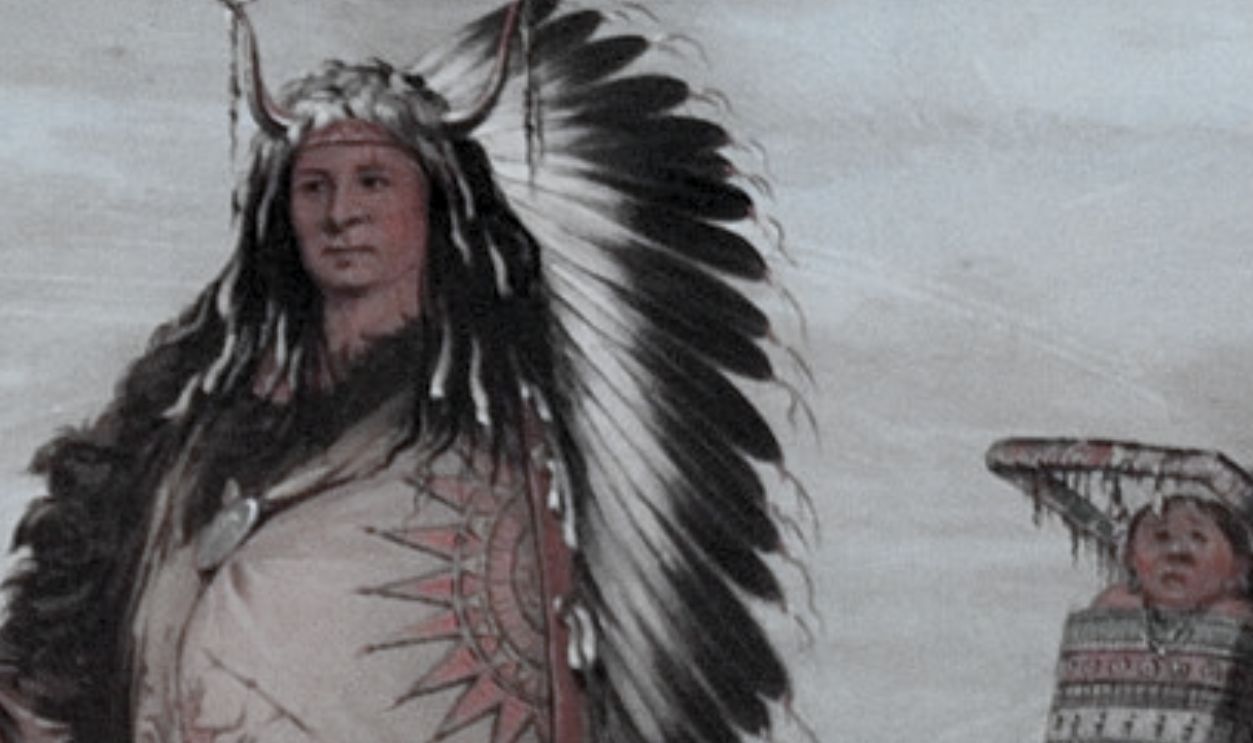 George Catlin, Wikimedia Commons
George Catlin, Wikimedia Commons
Red Cloud With Fellow Leaders
Dressed in traditional attire, Red Cloud and fellow Sioux leaders pose for a seated group portrait in front of the camera. The image captures their presence formally and preserves their likenesses during an era of recorded tribal diplomacy.
Little Crow In 1863
Little Crow appears in traditional attire with a calm expression in this 1863 portrait. Taken during the US–Dakota War, the image preserves a visual moment linked to both political unrest and his leadership role.
 Unidentified photographer, Wikimedia Commons
Unidentified photographer, Wikimedia Commons
Wounded Knee Burial Detail, 1891
Taken in 1891, this image shows soldiers at a burial following the Wounded Knee Massacre. Bodies lie on frozen ground near wagons and military personnel. The scene documents a historical aftermath without interpretation or embellishment.
 Northwestern Photo Co., Wikimedia Commons
Northwestern Photo Co., Wikimedia Commons
Chief Bone Necklace
Wearing traditional garments and a bone necklace, Chief Bone Necklace of the Oglala Lakota sits for a studio portrait in 1899. Photographed by Heyn, the image preserves his formal appearance in sharp visual detail.
 Heyn Photo, Omaha Nebraska, Wikimedia Commons
Heyn Photo, Omaha Nebraska, Wikimedia Commons
Red Cloud And American Horse Together
Red Cloud and American Horse gaze directly at the camera, seated side by side in layered garments. Captured during a period of negotiation, the image highlights their joint leadership and quiet composure in a formal setting.
 John Grabill, Wikimedia Commons
John Grabill, Wikimedia Commons
Riders Approach The Red Cloud Agency
A group of Sioux riders, including Crazy Horse, travels toward the Red Cloud Agency. Captured on horseback in motion, the image shows the transition into reservation life as tribal members approach government-supervised land.
 Interim Archives, Getty Images
Interim Archives, Getty Images
Oglala Warriors In Staged Formation
Photographed by Edward S Curtis in 1907, this image shows ten Oglala men in feathered headdresses on horseback. Although posed, the image was intended to depict a traditional Plains war party from the era.
 Library of Congress, Getty Images
Library of Congress, Getty Images
Red Cloud Meets Grant
Red Cloud and Ulysses S. Grant appear in discussion in this historical illustration. Created during the 19th century, the image shows both men seated, with Grant gesturing and Red Cloud positioned opposite him.
Peace Talks At Pine Ridge
This image documents a moment of negotiation at Pine Ridge Reservation. Native leaders and US officials gather at a wooden structure, seated and standing, as they participate in formal peace talks during the reservation era.
Miniconjou Dancers In Halftone
Published in 1893, this halftone print shows Miniconjou Lakota dancers raising their arms in unison. They wear traditional regalia and stand outdoors in South Dakota. The image captures coordinated movement and group positioning.
Handshake Amid High Tension
Russell Means and Kent Frizzell shake hands in front of cameras during the Wounded Knee talks. Both wear coats and stand side by side. The setting includes microphones, which draw attention to the recorded moment.
Press Conference With Purpose
Wearing a patterned shirt and headband, Russell Means addresses the press while behind a row of microphones. Photographers and reporters are faintly visible near the bottom, and their eyes face forward toward the audience.
The Leading Hawk Family In Frame
Children and adults from the Leading Hawk family stand outdoors with trees faintly visible behind them. They wear traditional clothing with patterned garments and feathers. The group is arranged closely together for this multi-generational photograph.
 Field Museum Library, Getty Images
Field Museum Library, Getty Images
Senators And Native Leaders Meet
US senators and Native American leaders sit across from each other at a long table. The image includes papers and formal wear. Chairs and a wall painting form the setting for this recorded meeting.
Chief American Horse Illustration
An 1891 book illustration features the Chief American Horse of the Oglala Lakota. He appears in profile wearing a feathered headdress. The image was published in "Indian Horrors or Massacres" during the period of the Sioux Wars.
 Universal History Archive, Getty Images
Universal History Archive, Getty Images
Captain Thunderbear At Pine Ridge
The picture is a historical photograph of Captain Thunderbear, a 49-year-old member of the Ogallala Sioux Tribe (likely Oglala Lakota), who served as captain at the Pine Ridge Agency in South Dakota.
White Bull Holding A Ceremonial Object
White Bull, chief of the Sioux, stands in a full-length studio portrait circa 1900. He holds a decorated object and faces forward. A curtain and backdrop frame the scene.
Taoipi Ckikala In Portrait
Taoipi Ckikala, head chief of the Pine Ridge Sioux, sits for a studio photograph. He is identified as 68 years old. His hair is neatly parted, and the backdrop is plain, which highlights his formal appearance.

